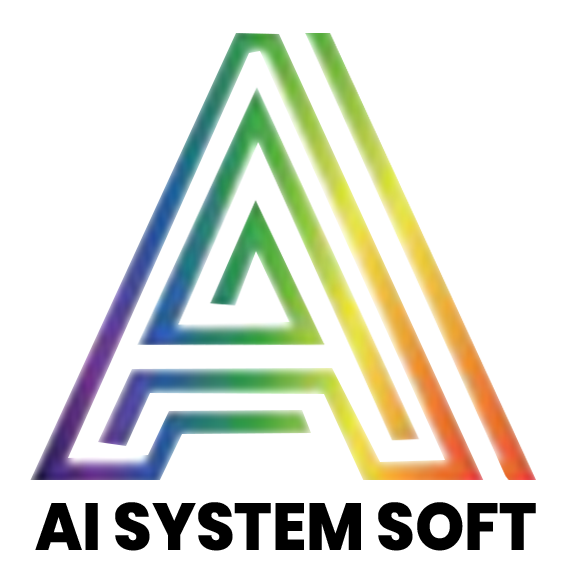
AI-GRC-Software Development Solution We Develop Secure & Intelligent Solutions
Conroy Windermere, FL-34786, USA
+ 1 (689) 276-4636
info@aisystemsoft.com


Conroy Windermere, FL-34786, USA
+ 1 (689) 276-4636
info@aisystemsoft.com



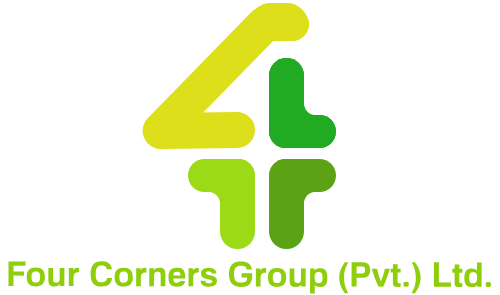







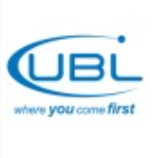
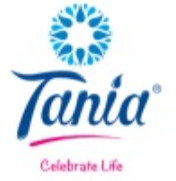







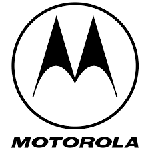



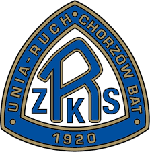
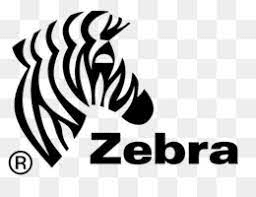



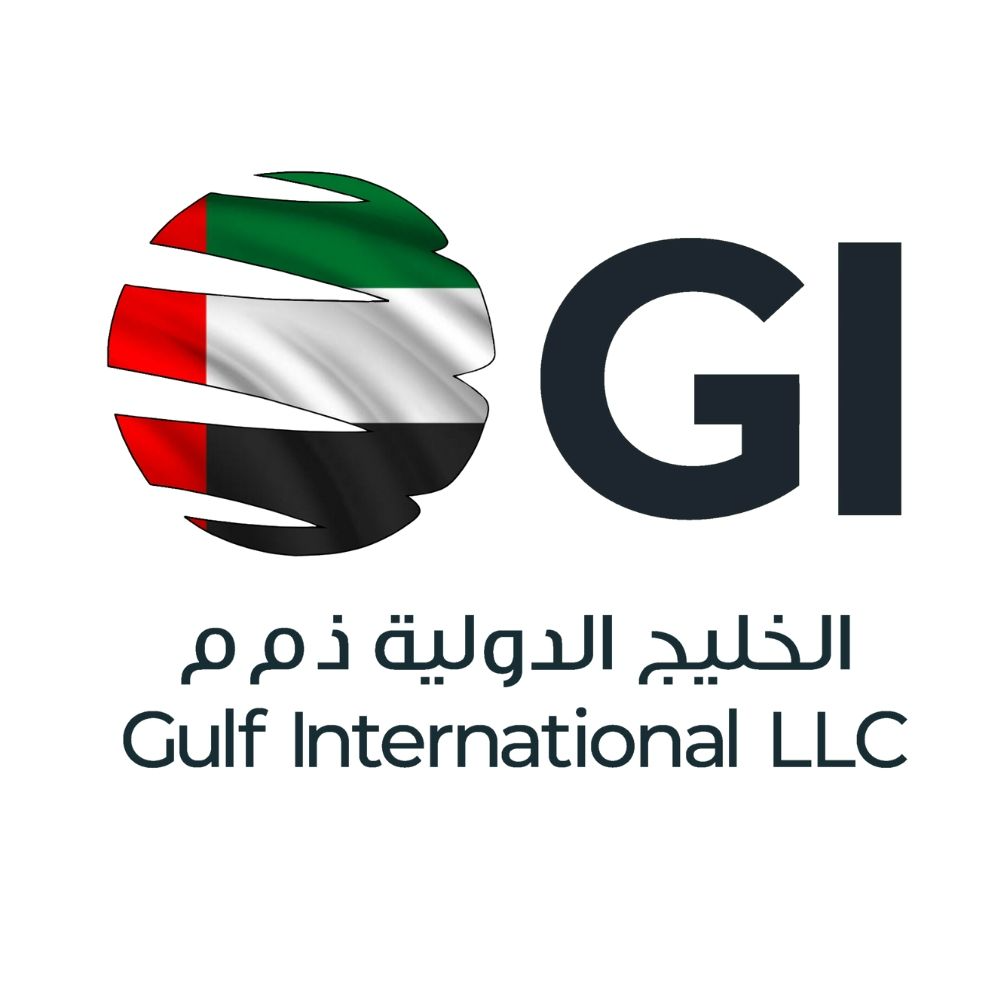



Please feel free to contact us
+1 (689) 276-4636 info@aisystemsoft.comMaturity assessment in GRC (Governance, Risk, and Compliance) refers to the process of evaluating how well an organization's are involved in GRC practices, processes, and systems are developed and implemented. It typically against a recognized maturity model that is mentioned below:
Break GRC into key components to be assessed, such as:
Would you like to assist you by using the maturity model and provide you best optimized solution.
Maturity Assessment Model is the technique to find the exact existance of the organziation regarding GRC Implementations and its usage.
There are Several standards and frameworks are widely used for Governance, Risk Management, and Compliances. These standards provide guidelines, best practices, and structured approaches to help organizations by implementing effective ISO programs. The choice of standards depends on the industry, regulatory requirements, and organizational goals. Below are some of the most suitable and widely adopted ISO standards and frameworks:(ISO 31000: Risk Management),(ISO 37001: Anti-Bribery Management Systems), (ISO 27001: Information Security Management), (ISO 37301: Compliance Management Systems), (COSO ERM - Enterprise Risk Management),(NIST Frameworks), (COBIT - Control Objectives for Information and Related Technologies), (ITIL - Information Technology Infrastructure Library), (PCI DSS (Payment Card Industry Data Security Standard), (HIPAA - Health Insurance Portability and Accountability Act), (GDPR - General Data Protection Regulation), TOGAF (The Open Group Architecture Framework), CMMI (Capability Maturity Model Integration) etc. According to the requirements of the organization, the organization can adopt and adapt accordingly and most reliable and suitable way to use the assessment technique in maturity model is CMM - Capability Maturity Model Techniques, which scale from 1 - 5 as mentioned above.
Organizations are increasingly interested in implementing Governance, Risk, and Compliance (GRC) frameworks effectively and efficiently. However, before embarking on implementation, it is essential for an organization to understand its current state. In this context, a GRC maturity assessment model serves as a valuable tool. It helps establish a baseline by identifying the organization's existing capabilities, gaps, and areas for improvement. With this insight, the organization can develop a clear roadmap for enhancing its GRC practices and achieving higher levels of maturity..
Fill out the form to schedule a meeting and get the outline and other materials.